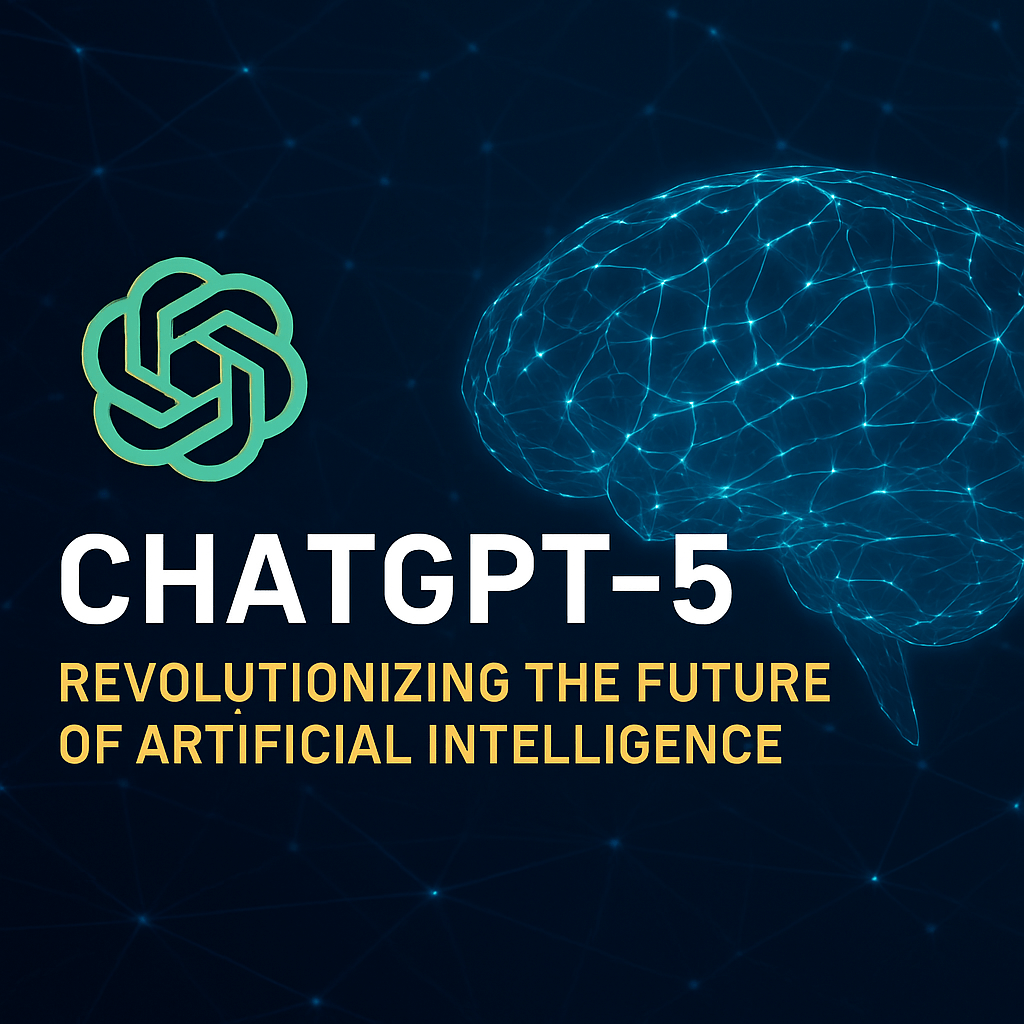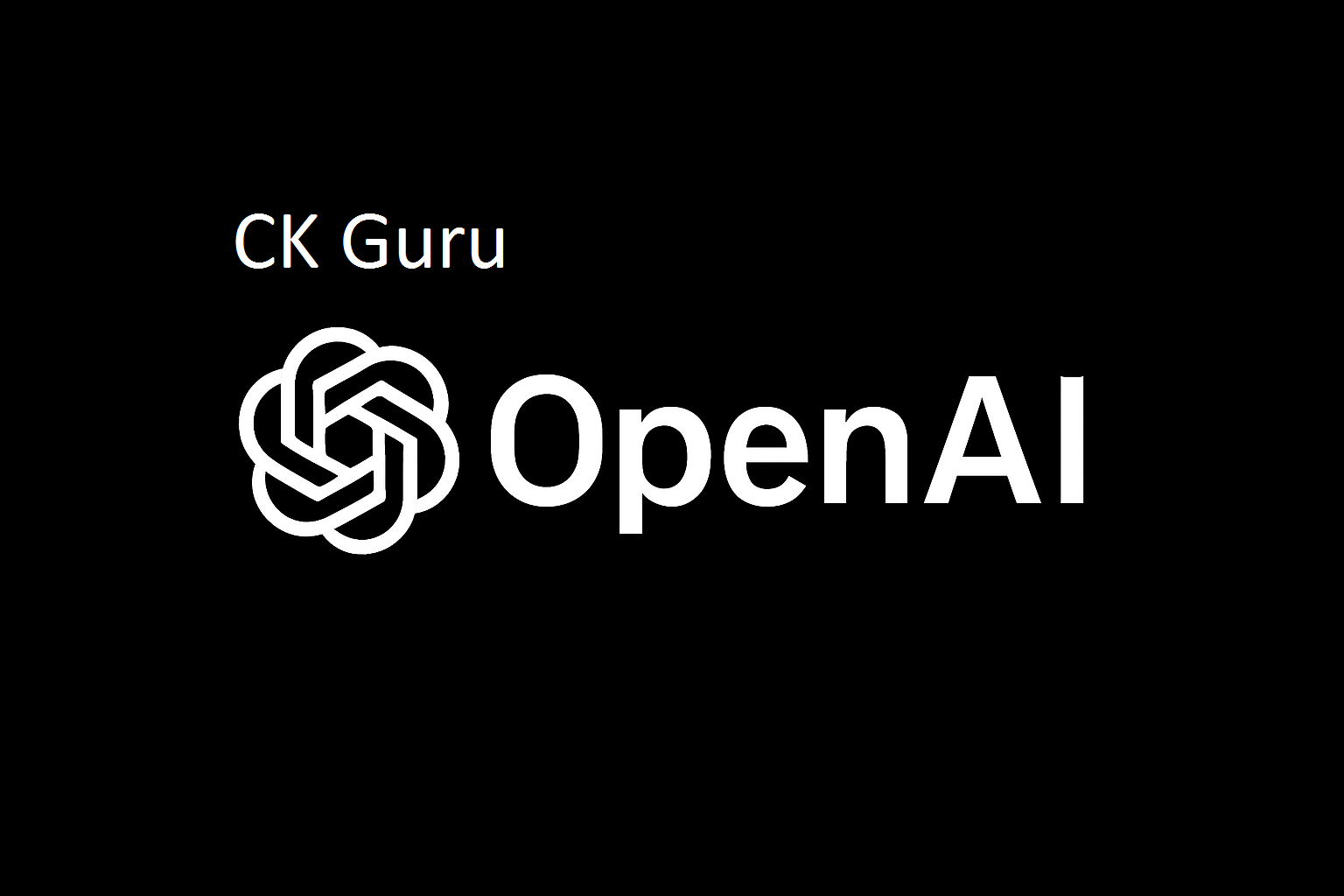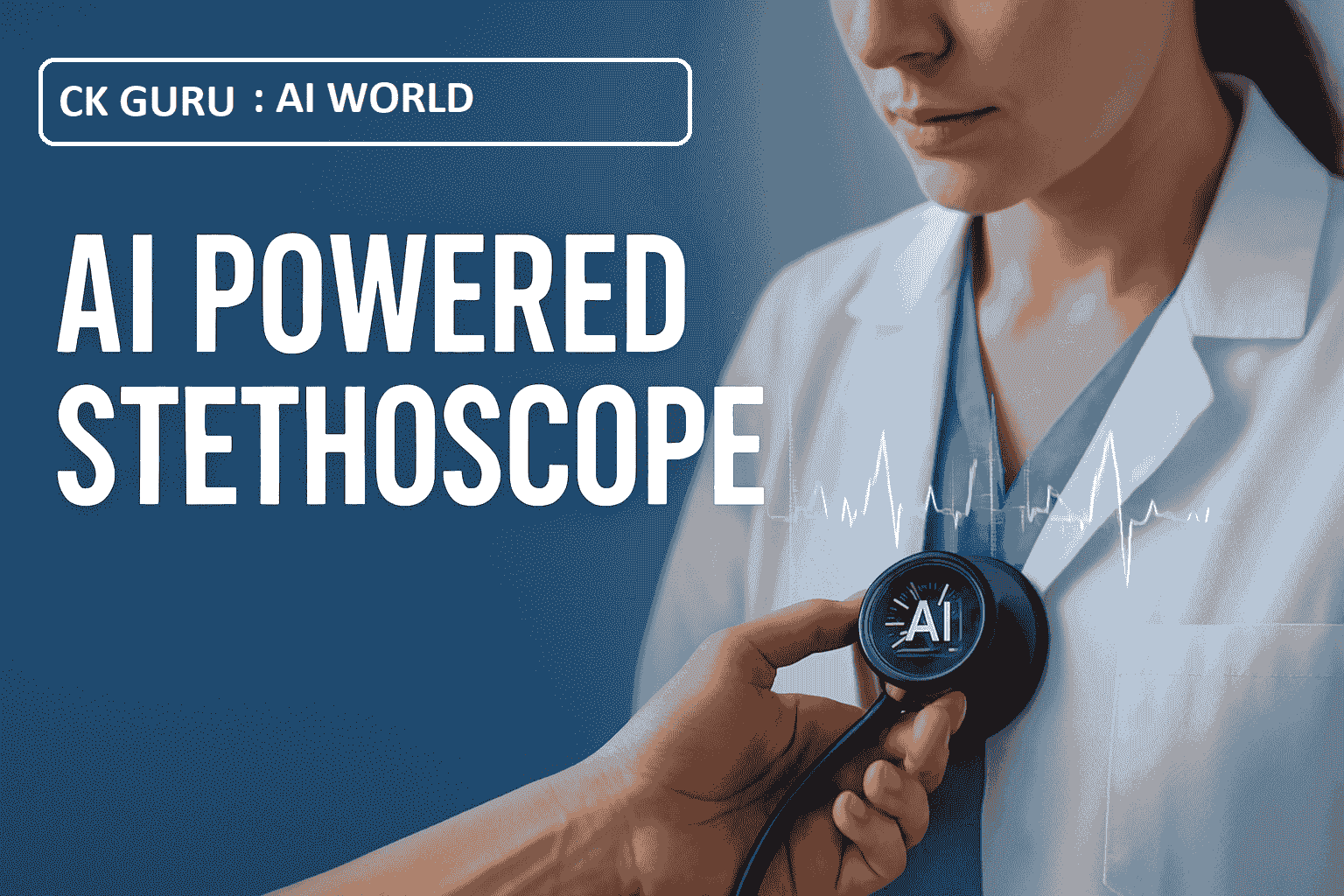The AI-Powered Stethoscope: Revolutionizing Modern Healthcare in the UK
Introduction to the AI-Powered Stethoscope
For over two centuries, the stethoscope has stood as the universal symbol of medicine, a trusted tool in the hands of doctors worldwide. Today, this iconic instrument is undergoing a transformative evolution with the integration of artificial intelligence (AI). The AI-powered stethoscope is no longer a futuristic concept but a reality reshaping medical diagnostics, enhancing accuracy, reducing errors, and improving efficiency in both the NHS and private healthcare sectors. For the UK, where healthcare innovation is pivotal to improving patient outcomes and addressing systemic challenges, AI-powered digital stethoscopes represent a groundbreaking leap forward.
This article delves into the mechanics of AI-powered stethoscopes, their applications, benefits, and their potential to transform healthcare delivery in the UK. By exploring early disease detection, NHS efficiency, and future prospects, we uncover why this technology is becoming a cornerstone of modern medicine. Key topics include AI in healthcare, digital stethoscope technology, medical diagnostics, and healthcare innovation in the UK.
What Is an AI-Powered Stethoscope?
An AI-powered stethoscope is a sophisticated medical device that combines traditional auscultation—the act of listening to internal body sounds—with advanced artificial intelligence algorithms. Unlike conventional stethoscopes, which rely solely on a doctor’s expertise to interpret heart, lung, or other bodily sounds, AI stethoscopes analyze audio data in real time, providing precise diagnostic insights. These devices use machine learning to identify patterns in sound waves that may indicate abnormalities, such as heart murmurs, lung conditions, or early signs of cardiovascular disease.
Equipped with digital sensors, cloud connectivity, and AI-driven analytics, these smart stethoscopes offer enhanced functionality, including noise cancellation, sound amplification, and data integration with electronic health records (EHRs). For UK healthcare providers, this means faster, more accurate diagnoses, which are critical in high-pressure environments like the NHS. Keywords: AI stethoscope, digital stethoscope, medical diagnostics, healthcare technology, smart medical devices.

How Does an AI-Powered Stethoscope Work?
The functionality of an AI-powered stethoscope hinges on its ability to combine hardware and software seamlessly. Here’s a breakdown of how it works:
- Sound Capture: The device uses high-sensitivity microphones to capture heart, lung, or other bodily sounds with exceptional clarity, filtering out ambient noise for accurate recordings.
- AI Analysis: Machine learning algorithms analyze the audio data, comparing it to vast datasets of normal and abnormal sounds to detect anomalies, such as irregular heart rhythms or respiratory issues.
- Real-Time Feedback: The stethoscope provides immediate diagnostic suggestions to clinicians, often displayed on a connected smartphone or tablet app, enhancing decision-making.
- Data Integration: Results can be stored in EHRs, enabling seamless sharing with other healthcare professionals for collaborative care.
- Continuous Learning: The AI improves over time by learning from new data, making it increasingly accurate in identifying complex conditions.
This technology is particularly valuable in the UK, where the NHS faces challenges like long waiting times and resource constraints. By streamlining diagnostics, AI stethoscopes help doctors prioritize urgent cases and improve patient care. Keywords: AI in healthcare, machine learning diagnostics, digital health tools, NHS efficiency, smart stethoscope technology.

Benefits of AI-Powered Stethoscopes in the UK
The adoption of AI-powered stethoscopes offers numerous advantages, particularly for the UK’s healthcare system:
1. Early Disease Detection
AI stethoscopes excel at identifying subtle abnormalities that may go unnoticed by the human ear, enabling early detection of conditions like heart disease, chronic obstructive pulmonary disease (COPD), and pneumonia. Early diagnosis is critical in improving patient outcomes and reducing the burden on NHS resources. For example, detecting a heart murmur early can prevent complications like heart failure, saving lives and reducing hospital admissions.
2. Enhanced Diagnostic Accuracy
By leveraging AI’s pattern recognition capabilities, these stethoscopes reduce human error, ensuring more reliable diagnoses. This is especially important in busy UK hospitals and GP surgeries, where time constraints can lead to oversight. AI provides a second layer of analysis, acting as a decision-support tool for clinicians.
3. Improved NHS Efficiency
The NHS faces ongoing challenges, including staff shortages and long patient waiting lists. AI-powered stethoscopes streamline workflows by providing rapid diagnostic insights, allowing doctors to see more patients without compromising care quality. Integration with telemedicine platforms further enables remote consultations, a growing trend in UK healthcare.
4. Cost Savings
By catching diseases early and reducing misdiagnoses, AI stethoscopes can lower healthcare costs associated with prolonged treatments and hospitalizations. For the NHS, this translates to better resource allocation and improved patient throughput.
5. Accessibility in Remote Areas
In rural UK regions, where access to specialists is limited, AI stethoscopes empower general practitioners and nurses to perform advanced diagnostics, bridging the gap in healthcare access. Keywords: early disease detection, NHS challenges, diagnostic accuracy, telemedicine UK, healthcare cost savings.

Applications in Modern Healthcare
AI-powered stethoscopes are versatile tools with applications across various medical fields:
- Cardiology: Detecting heart murmurs, arrhythmias, and early signs of heart failure with unparalleled precision.
- Pulmonology: Diagnosing respiratory conditions like asthma, COPD, and pneumonia by analyzing lung sounds.
- Telemedicine: Supporting remote consultations, a vital tool for the NHS’s push toward digital healthcare.
- Primary Care: Assisting GPs in busy clinics to make quick, accurate assessments.
- Medical Education: Training medical students to recognize abnormal sounds through AI-guided feedback.
These applications align with the UK government’s focus on digital transformation in healthcare, as outlined in the NHS Long Term Plan. Keywords: AI in cardiology, digital healthcare UK, telemedicine diagnostics, NHS Long Term Plan, medical technology innovation.
Addressing NHS Challenges
The NHS is under constant pressure to deliver high-quality care amidst funding constraints, workforce shortages, and an aging population. AI-powered stethoscopes address these challenges by:
- Reducing Workload: Automating initial diagnostic assessments allows clinicians to focus on complex cases.
- Enhancing Telehealth: Supporting the NHS’s expansion of virtual care, especially post-COVID-19.
- Improving Patient Outcomes: Early and accurate diagnoses lead to better treatment plans and reduced mortality rates.
- Supporting Workforce Training: AI feedback helps upskill healthcare professionals, addressing shortages in specialized expertise.
By integrating AI stethoscopes into routine practice, the NHS can optimize its resources and deliver patient-centered care more effectively. Keywords: NHS workforce challenges, telehealth UK, patient outcomes, healthcare digital transformation.
The Future of AI-Powered Stethoscopes
The future of AI-powered stethoscopes is bright, with ongoing advancements poised to further revolutionize healthcare. Emerging trends include:
- Wearable Integration: Combining AI stethoscopes with wearable devices to monitor patients continuously, ideal for managing chronic conditions.
- Personalized Medicine: Using AI to tailor diagnostic insights to individual patient profiles, improving treatment efficacy.
- Global Health Impact: Expanding access to AI stethoscopes in low-resource settings, supporting the UK’s global health initiatives.
- Regulatory Advancements: The UK’s Medicines and Healthcare products Regulatory Agency (MHRA) is streamlining approvals for AI medical devices, fostering innovation.
As AI technology evolves, these stethoscopes will become even more integral to precision medicine, helping the UK lead in healthcare innovation. Keywords: wearable health tech, personalized medicine, UK healthcare innovation, MHRA AI regulation, precision diagnostics.
What is an AI Powered Stethoscope and Why Does it Matter in UK Healthcare?

An AI powered stethoscope in the UK healthcare system combines traditional auscultation with advanced algorithms that analyse sounds in real-time. Unlike standard stethoscopes, these smart devices don’t just capture heartbeats or lung sounds—they interpret them.
Key Point 1: By using AI, clinicians can detect subtle anomalies in respiratory or cardiovascular sounds that might otherwise go unnoticed. This could help reduce misdiagnosis, especially in busy NHS clinics.
Key Point 2: For patients, it means faster, more accurate diagnoses without relying solely on lengthy tests. In communities with limited access to specialists, AI-powered diagnostic tools bring high-quality healthcare closer to home.
How Does an AI Powered Digital Stethoscope Work?
Understanding how the technology works helps highlight why it’s gaining attention in the UK medical field.
- An AI stethoscope is equipped with advanced microphones and sensors that record sound waves with exceptional clarity. These audio patterns are then fed into machine learning algorithms trained on thousands of clinical cases.
- The AI software compares the sound data to known patterns of illnesses such as pneumonia, asthma, heart murmurs, or arrhythmias. Within seconds, the device can provide a probability score for specific conditions, giving doctors valuable diagnostic support.
This seamless blend of human expertise and AI assistance makes it a reliable partner rather than a replacement for doctors.
AI Powered Stethoscope Benefits for NHS and UK Patients
The adoption of AI powered stethoscopes in the NHS brings numerous advantages for both practitioners and patients.
- Improved diagnostic accuracy – Early detection of conditions like congestive heart failure, COPD, or lung infections can reduce hospital admissions and save lives. For the NHS, this translates into fewer emergency cases and reduced strain on resources.
- Time-saving efficiency – GPs and nurses can diagnose faster, allowing them to see more patients without compromising quality. This is particularly beneficial in rural parts of the UK where medical staff are stretched thin.
AI Stethoscope for Early Detection of Heart and Lung Diseases in the UK
The AI-powered stethoscope is revolutionizing healthcare in the UK, particularly through its robust capabilities in early disease detection, a critical factor in improving patient outcomes. In cardiovascular disease detection, these advanced devices are invaluable, as heart disease remains one of the leading causes of mortality in the UK. AI stethoscopes can identify subtle murmurs and abnormal heart rhythms with high precision, enabling faster referrals to cardiologists for timely intervention. This enhances cardiovascular health management and reduces the risk of severe complications. Similarly, in respiratory illness monitoring, AI-powered stethoscopes excel at detecting unique audio signatures associated with conditions like asthma, pneumonia, and even COVID-19. By recognizing these patterns early, the technology supports prompt treatment, preventing worsening complications and easing the burden on the NHS. With applications in cardiology, pulmonology, and beyond, AI stethoscopes are transforming medical diagnostics, offering innovative solutions for early detection, patient care, and healthcare efficiency in the UK. Keywords: AI stethoscope, early disease detection, cardiovascular health, respiratory illness monitoring, NHS healthcare, medical diagnostics, AI in healthcare, heart disease detection, telemedicine UK, healthcare innovation.
One of the strongest applications of an AI stethoscope in the UK is its role in early disease detection.
- Cardiovascular disease detection – With heart disease being one of the leading causes of death in the UK, AI-powered stethoscopes can flag murmurs and abnormal rhythms that might require further investigation. This enables quicker referrals to cardiologists.
- Respiratory illness monitoring – Conditions such as asthma, pneumonia, and even COVID-19 leave unique audio signatures. AI algorithms can detect these patterns early, helping doctors treat patients before complications worsen.
Role of AI Powered Stethoscope in Remote Patient Monitoring
The surge in remote healthcare across the UK has heightened the need for innovative tools that seamlessly connect patients and clinicians, with AI-powered stethoscopes emerging as a pivotal solution. In telemedicine integration, these advanced devices empower patients to capture high-quality heart and lung sounds from home, transmitting real-time data to their general practitioners for immediate review. This capability is particularly transformative for elderly patients or those with mobility challenges, enabling accessible and efficient healthcare delivery without the need for in-person visits. Additionally, in chronic condition management, AI stethoscopes facilitate regular monitoring of long-term conditions like chronic obstructive pulmonary disease (COPD) and heart failure. By providing consistent data to clinicians, these devices reduce the frequency of hospital visits, alleviating the workload on the NHS while improving patient outcomes. This technology strengthens the UK’s telehealth infrastructure, enhancing healthcare accessibility, patient-centered care, and NHS efficiency. Keywords: AI-powered stethoscope, telemedicine UK, remote healthcare, chronic condition management, NHS workload, healthcare accessibility, digital health tools, patient-centered care, telehealth innovation, medical diagnostics.
The rise of remote healthcare in the UK has created a demand for tools that bridge the gap between patients and clinicians.
- Telemedicine integration – Patients can use AI-powered stethoscopes at home, sending real-time data to their GP for review. This is a major advantage for elderly patients or those with mobility issues.
- Chronic condition management – Individuals with long-term conditions such as COPD or heart failure can be monitored regularly without needing frequent hospital visits, reducing NHS workload.
Can AI Powered Stethoscopes Help Reduce NHS Backlogs?
The UK’s healthcare system, particularly the NHS, is grappling with significant challenges due to rising patient demand, limited staffing, and persistent backlogs. AI-powered stethoscopes are emerging as a transformative tool to alleviate these pressures by enhancing diagnostic efficiency and supporting healthcare professionals. This article explores how AI stethoscopes can address NHS backlogs through faster triage and support for non-specialists, ultimately improving patient care and system efficiency. Keywords: AI-powered stethoscope, NHS backlogs, healthcare efficiency, medical diagnostics, AI in healthcare, telemedicine UK, NHS staffing challenges, diagnostic accuracy, patient triage, healthcare innovation.
Faster Triage with AI Stethoscopes
One of the most impactful applications of AI-powered stethoscopes in the NHS is their ability to streamline patient triage. By providing rapid, AI-driven diagnostic insights, these devices analyze heart and lung sounds in real time, identifying abnormalities such as murmurs, irregular rhythms, or respiratory issues. This allows NHS staff, including general practitioners and nurses, to prioritize patients with urgent conditions more effectively, ensuring that critical cases are fast-tracked for specialist care. For example, an AI stethoscope can flag potential cardiovascular or respiratory issues during initial assessments, reducing delays in referrals and minimizing the risk of overlooked conditions. This efficiency is crucial for clearing NHS backlogs, as it optimizes resource allocation and reduces waiting times for patients. Keywords: patient triage, AI diagnostics, NHS efficiency, early disease detection, healthcare technology, cardiovascular diagnostics, respiratory health, NHS patient care, medical innovation, diagnostic speed.
Support for Non-Specialists
AI-powered stethoscopes also serve as a vital tool for non-specialists, such as junior doctors and nurses in training, helping to ease the burden on senior NHS staff. Equipped with machine learning algorithms, these devices provide real-time diagnostic guidance, enabling less experienced clinicians to make accurate assessments with confidence. For instance, a nurse using an AI stethoscope can detect abnormal heart or lung sounds and receive immediate feedback, reducing reliance on specialists for initial evaluations. Additionally, the technology doubles as a learning tool, offering AI-guided insights that help trainees improve their diagnostic skills. By empowering non-specialists to handle routine diagnostics effectively, AI stethoscopes free up senior clinicians to focus on complex cases, addressing staffing shortages and reducing NHS backlogs. Keywords: AI stethoscope training, NHS staffing support, diagnostic accuracy, junior doctor tools, nurse training, healthcare workforce, medical education, AI in medicine, NHS resource optimization, clinician efficiency.
- Faster triage – By providing initial diagnostic insights, AI stethoscopes can help NHS staff prioritise patients more effectively.
- Support for non-specialists – Junior doctors or nurses in training can use the device as a learning tool, while still ensuring diagnostic accuracy, ultimately easing the burden on senior staff.
AI Powered Stethoscope vs Traditional Stethoscope: What’s the Difference?
When comparing an AI stethoscope vs traditional stethoscope, the differences highlight the value of innovation.
- Traditional stethoscopes rely entirely on the clinician’s ear and experience. While powerful in skilled hands, they leave room for subjective interpretation.
- AI stethoscopes, however, combine sound capture with intelligent analysis. Instead of replacing doctors, they enhance human judgment with evidence-based insights.
This makes them particularly valuable in settings where highly trained specialists are not always available.
Challenges and Concerns About AI Powered Stethoscopes in the UK
Like any new technology, AI powered stethoscopes in UK healthcare also come with challenges.
- Data privacy and regulation – The NHS and healthcare providers must ensure that patient sound data is stored securely and meets GDPR requirements.
- Cost and accessibility – While the technology is promising, its adoption depends on affordability and whether the NHS can justify large-scale investment.
Future of AI Powered Stethoscopes in UK Healthcare
Looking ahead, the future of AI powered stethoscopes is bright and full of potential.
- Integration with wearable devices – Future versions may connect seamlessly with smartwatches or health apps, creating a continuous health monitoring ecosystem.
- AI evolution – As machine learning models become more sophisticated, the accuracy of diagnoses will improve, potentially surpassing even human-level detection in certain areas.
This future-ready technology is not about replacing doctors but empowering them with better tools.
Why UK Patients Should Care About AI Stethoscope Technology
At first glance, a stethoscope upgrade may not sound groundbreaking, but for UK patients, it could make a real difference.
- Earlier diagnoses save lives – Whether it’s heart disease or lung infections, catching issues sooner means better recovery outcomes.
- Improved access to healthcare – From rural communities to elderly patients, AI stethoscopes reduce barriers to medical care by offering accurate, accessible screening.
Conclusion: Is the AI Powered Stethoscope the Future of UK Healthcare?
The stethoscope has symbolised healthcare for over 200 years, but its AI-powered version may define the future. With applications in early disease detection, NHS efficiency, remote healthcare, and patient empowerment, the AI powered stethoscope in the UK offers a real solution to modern healthcare challenges.
By supporting doctors, improving diagnostic accuracy, and enabling better access to care, AI-powered medical devices could reshape the way British healthcare operates. While challenges remain around costs and regulation, the benefits are clear—AI stethoscopes are not just a futuristic gadget, but a practical step towards smarter, faster, and more reliable healthcare in the UK.




